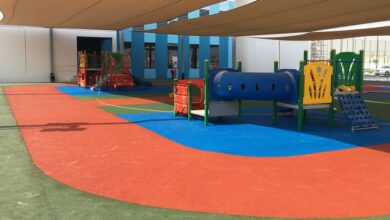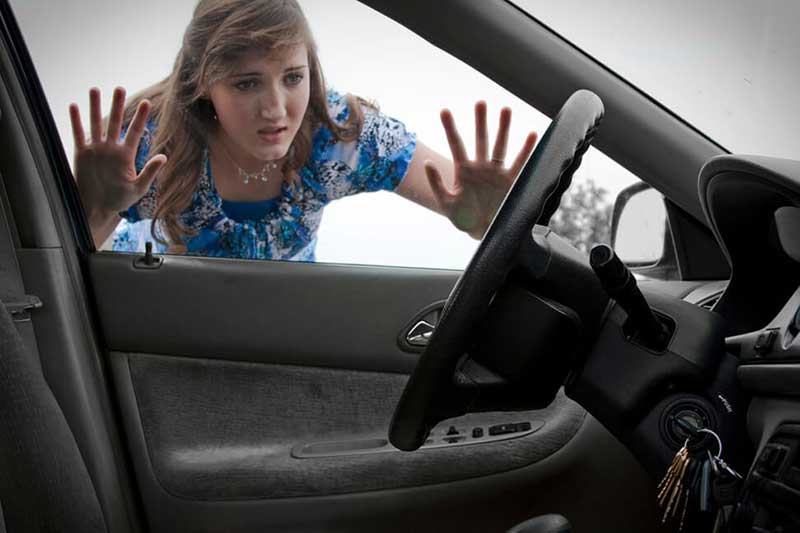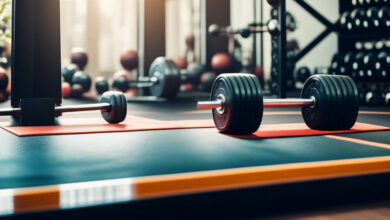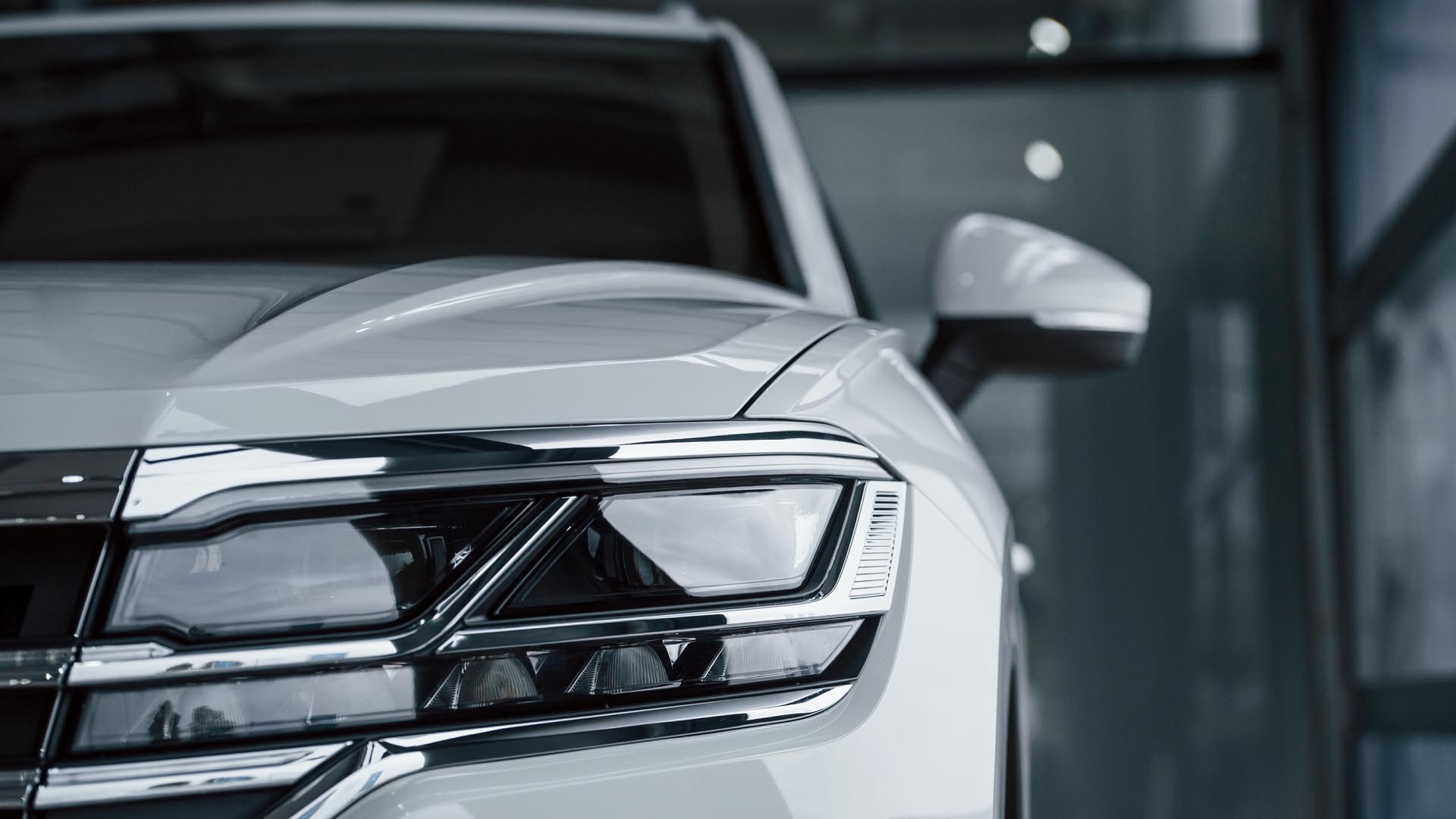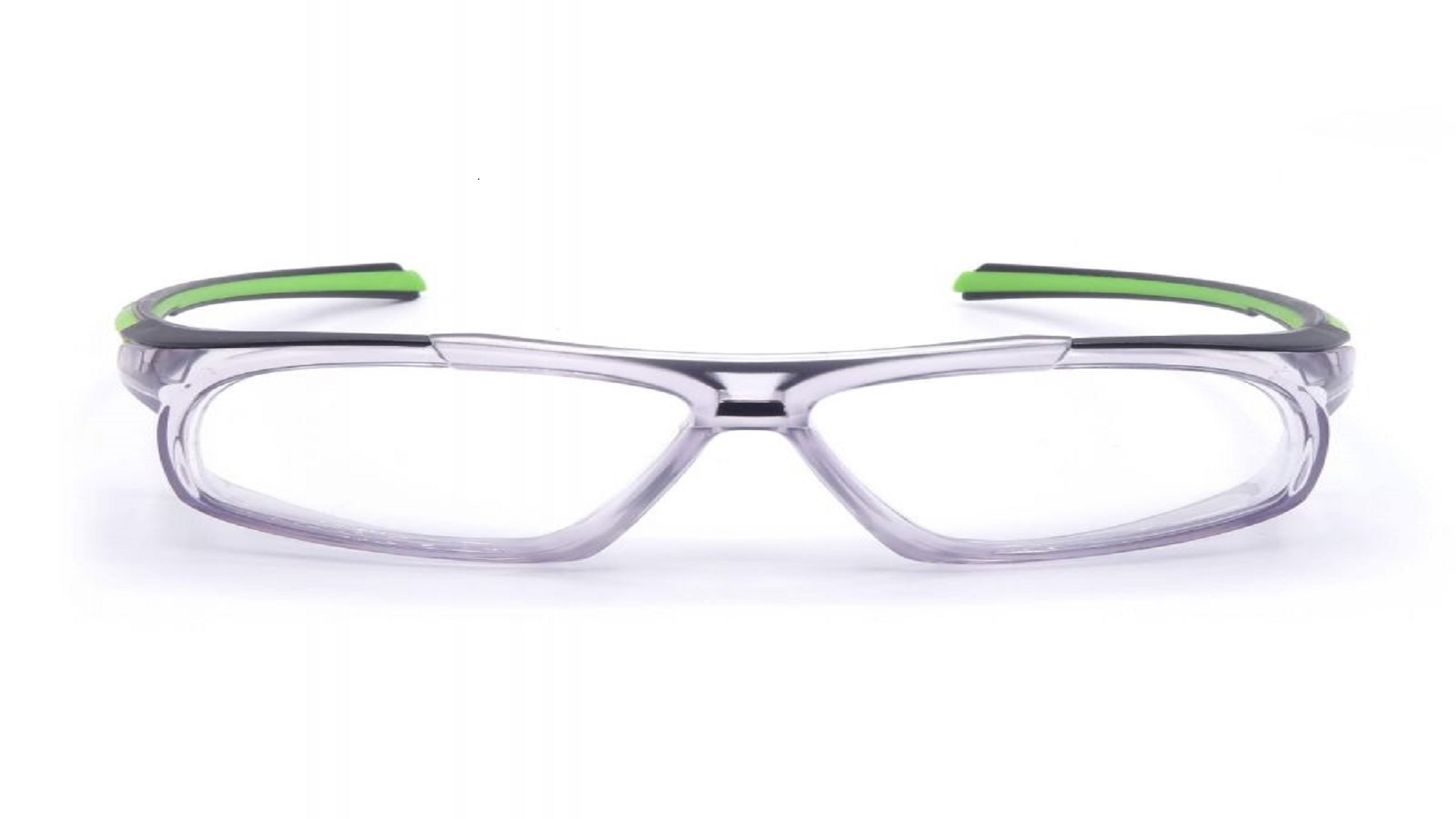
Of all the five senses, people fear losing their eyesight the most. One study from the University of Chicago Medical Center has confirmed this as a fact, as 70 percent of their respondents admitted that they would miss their sense of sight more than their sense of hearing, taste, touch, and smell.
Despite this, there remain many hazards that may harm the eyesight – from too much exposure to UV rays to flying debris and chemical fumes. This is the primary reason why eye-protective gear was invented.
This article tackles why you need such protective gear to keep your eyes safe and how you can buy the right safety glasses online.
What are safety glasses and why do you need them?
Popularly known as “goggles,” safety glasses are eyewear that conform to a higher standard of protection than regular “daily wear” glasses.
They are used for racing and other types of sports that involve debris coming into contact with the eyes. You may also find them in laboratories and hospitals worn by scientists handling volatile chemicals as well as patients with an eye injury.
But why do you need them when you already have regular eyewear? Here are three reasons:
1. You’re constantly exposed to UV light.
Extended UV light exposure can affect the sensitive tissues of the eyes. What many people don’t realize is that even working long hours outdoors can lead to severe eye conditions such as macular degeneration, photokeratitis, and cataracts.
Of course, simple eye discomforts from bright light and serious ailments like the ones mentioned above could all be prevented with proper eye protection.
2. Debris and chemicals may come into contact with your eyes.
Besides light, debris and other dangerous particles can harm unprotected eyes accidentally. This often happens to people working specific jobs with a high risk of exposure to these elements, such as construction, welding, plumbing, maintenance, and mining. Even dust, dirt, pollen, and wood could cause eye irritation and long-lasting damage.
Besides solid particles, safety goggles can also prevent chemicals from accidentally reaching your eyes. If you are involved in an activity that involves grease or oil, chemicals, and fumes, you can shield your eyes from harm with this special eyewear.
3. You are at risk of Computer Vision Syndrome (CVS).
Computer Vision Syndrome (CVS) is a condition caused by spending extended periods of time viewing a computer screen. Screen glare and poor lighting can lead to CVS symptoms, such as:
- Blurred vision
- Eyestrain
- Dry eyes
Safety glasses fitted with coated lenses can help keep the discomfort and blurriness away.
Choosing the Right Safety Glasses: 4 Things to Consider
Safety glasses are a type of eyewear that protects the wearer’s eyes from different kinds of peril. Since many scenarios may pose a risk to the eyes, there are also many different kinds of safety glasses to choose from.
Because of this, selecting the right one might become a bit challenging without prior knowledge of the four factors stated below:
1. Eye Hazards
The first step in finding the right safety glasses for you is determining the most common eye hazards you’re exposed to. If you’re wearing the glasses for work, you may need protection from one or more of the following:
- Radiation – Visible light from welding and UV radiations from computer screens affect the eyes and may lead to acute or chronic eye damage.
- Temperature – Jobs that entail being exposed to hot liquids, metal splashes, and intense heat radiation are also considered eye hazards that merit the use of protective eyewear.
- Mechanical risks – Machines and tools may generate particles that float or fly around during activity and may hit the cornea.
- Chemicals – This includes all materials and substances in liquid, gas, or small solid form.
Individuals aged 40 years old and up could also use safety-rated progressive lenses to ensure clear vision at all distances. Even without the bifocal or trifocal lines in your lenses, safety glasses can help you see more clearly. In this case, protective eyewear, like Al Jaber Optical’s corrective safety glasses, may be what you need.
2. Lens and Frame
After identifying eye safety hazards, the next things you need to look at are the various types of safety glasses, especially the degree of eye protection they can provide. This is mostly based on their lenses, frame material, and design.
Besides work-related hazards, some people may also need to wear safety glasses for sports and other leisure-related activities, or even while they stay at home.
For instance, people who participate in sport shooting and hunting activities should choose safety lenses with a high-impact rating and anti-reflective coating to prevent distracting reflections. Goggles with a wrap-style frame with matte finish also work for them best.
Aside from sports, mowing lawns, using power tools, and engaging in other DIY home improvement projects also require the use of eye protection. When choosing one for this sort of activity, go with frames with side shields to protect your eyes from flying debris from every direction.
The lens material also matters as it determines how well your eyes will be protected from damage due to flying objects, optical radiation, particles, and glare from visible radiation. Some of the materials used for this type of eyewear are acrylic, polycarbonate, optical glass, and NXT polyurethane.
3. Lens Coatings and Tints
Besides the actual material they’re made of, lenses attached to safety glasses also vary in coatings and tints. Some of these are specially made for specific situations, like anti-fog for high humidity and temperature changes and scratch-resitant if the lens would be at risk of impact (e.g., racing sports).
Meanwhile, lens tint ranges between clear (for normal conditions) to gray to prevent glare from sunlight. In some cases, you may need photochromic lenses that darken when exposed to outdoor light.
People who play golf and other sports that require acute vision should also consider adding an activity-specific tint.
4. Design and Comfort
No one would want to wear safety glasses if they weren’t comfortable. This is why many available options in the market also focus on designing frames ergonomically. Many of them are lightweight to ensure comfort even when worn for a long time.
Safety Glasses and You
There’s no one-size-fits-all choice when it comes to safety glasses. The key to getting the most out of what you paid for is to determine what suits your preferences and lifestyle best.
AUTHOR BIO
Firas Saab is the Training Manager at Al Jaber Optical in Dubai, the leading optical and eyewear company in the UAE that offers a comprehensive range of eyewear and optical services across the board, through a wide range of modern optical products and facilities. Firas is an enthusiastic trainer with more than a decade in the retail and optical industry and has recently acquired HND in Business and Management in addition to his Optical qualifications.
